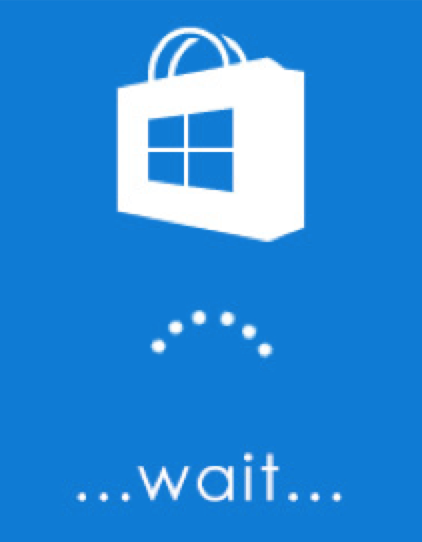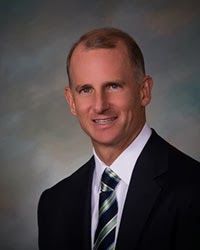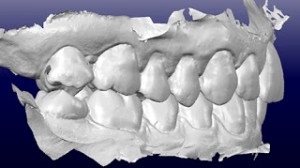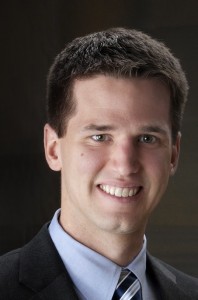By Steve McEvoy, Technology Consultant
 Microsoft has recently released the latest version of its operating system (OS) for PCs – Windows 10 (let’s call it WinX).
Microsoft has recently released the latest version of its operating system (OS) for PCs – Windows 10 (let’s call it WinX).
This is the first time Microsoft is offering the upgrade for free to existing users of Windows 7 and 8 (until July 2016 – and maybe longer). They are intending to make upgrades to their OS less of a big deal in the future, giving it away and moving to a more automatic update format. Apple and Android have been following this model for years. It’s a good idea for the most part – keeping your OS up to date means it has the latest security & features.
WinX Notifier
 Many of you may have seen a little notifier popping up on your PCs prompting you to reserve or upgrade to your free copy of WinX now. With great joy and vigor many of you have done just so. But is this a good idea? Staff clicking on it can trigger a disaster if this isn’t thought through.
Many of you may have seen a little notifier popping up on your PCs prompting you to reserve or upgrade to your free copy of WinX now. With great joy and vigor many of you have done just so. But is this a good idea? Staff clicking on it can trigger a disaster if this isn’t thought through.
Upgrading any Microsoft OS in the past has typically been an ordeal. You have to consider several things before you undertake an upgrade:
- Will the new OS have drivers that support my hardware (video card, sound card, etc.)? Often they don’t for older hardware (even systems a year old may not have drivers). Checking with your hardware vendor in advance is a good idea (for example going to the support website for Dell or HP and look to see if WinX drivers are available for your PC).
- Will it work with all my peripherals? Often you need specific OS drivers from Vendors to make these work. Check with your vendors in advance to be sure they are available for things like:
- Printers
- Document Scanners
- Signature Pads
- Credit card scanners
- X-Ray systems (this is usually a HUGE problem – they lag far behind)
- Will the applications I own work on WinX? You need to check with each vendor in advance if they full support WinX. Many don’t immediately after the initial release (and still aren’t as of this writing).
- Practice Management software (like Dolphin, Orthotrac, Dentrix, etc.)
- X-ray system software (like Romexis, Cliniview, Anatomage, etc.)
- Antivirus software (most need upgraded to support WinX)
- Backup software
- Even Microsoft Office (older versions are not fully supported)
- Will I have to retrain my staff? The changes in the user interface often give less adaptable staff fits.
Initial reviews of WinX are mixed. They’ve added some new features (Cortana assistant and the new Edge web browser) – most of which don’t matter to a Dental Specialty Practice. They’ve changed the look and feel of the Desktop and Start Menu system yet again (the Metro interface is gone thankfully). As with any new version of their OS, lots of little problems are being discovered as it rolls out to millions of users.
What would I do?
 My stance is typically to wait out the initial release and let others debug the 1.0 version. At the time of this writing Microsoft has released build 1511 (which is essentially Service Pack 1), and this generally marks the ‘safe to go in the water’ if you’re interested.
My stance is typically to wait out the initial release and let others debug the 1.0 version. At the time of this writing Microsoft has released build 1511 (which is essentially Service Pack 1), and this generally marks the ‘safe to go in the water’ if you’re interested.
For your Home I’d say the risks of upgrading are pretty low if you have fairly recent hardware and you might want to give WinX a try. I’d still take time to confirm if your peripherals (like your printers) are compatible.
For the Practice I would recommend waiting until there was a compelling reason to change. I believe it’s easiest on the staff if ALL the PC’s in the Practice are on the same version so they have a consistent experience and don’t have to keep adapting. If you were getting all new PCs, I’d seriously consider making the change. If you have a fleet of Windows 7 PCs that are working fine, I wouldn’t bother.
If you have your heart set on jumping in, involve your IT person. They can do the checking for you and advise you on a pathway and any bumps in the road that might be expected.
 Nowadays almost all of us have a smartphone and we use it hundreds of times during the day checking incoming e-mails, surfing through the web and sharing our thoughts and pictures online within our social communities. This is the “permanently online” era and our patients ask for immediate information supply and assistance request satisfaction.
Nowadays almost all of us have a smartphone and we use it hundreds of times during the day checking incoming e-mails, surfing through the web and sharing our thoughts and pictures online within our social communities. This is the “permanently online” era and our patients ask for immediate information supply and assistance request satisfaction.



